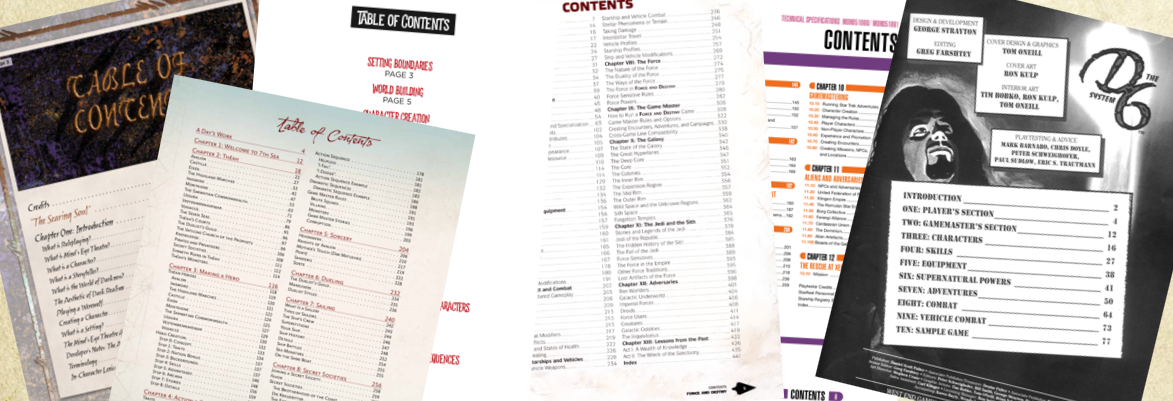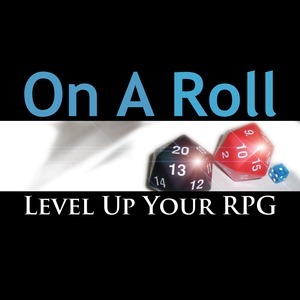Ryan has been developing a tabletop roleplaying game, The Gun Belt for over three years. The game features alien and robot cowboys riding dinosaurs in an interstellar Wild West on a world with no wheels. It is currently in the process of playtesting. This blog explores the process he and his design partner, Ashley, have experienced during that time.

The Gun Belt is the first game I’ve ever created, so figuring out exactly where to start after our concept was secured was something Ashley and I debated with for some time. We had the ideas, we had notes, we had sketches and some prose, but a game is obviously much more than that.
The internet offers a wealth of information on game development, but it tends to focus on things like fleshing out worlds, creating mechanics or playtesting for game balance and functionality. We were in this vague gray area between having an idea and having enough of a “thing” for the internet research to be helpful. After some deliberation, we devised a solution that would move us into the process but not lock us in to anything that we couldn’t alter later.
I realized that to know what to work on first, we needed to know everything that needed to be worked on. We needed some kind of outline or bullet pointed list detailing what we had to write to make the game complete. If only there was a page in roleplaying game books that listed the contents of the book in some kind of easy to read table...
It’s a little silly, but the solution was for us to create the table of contents for our book (minus page numbers).
We started by looking at games we liked and knew with some familiarity. Dungeons & Dragons, Kids on Bikes, Werewolf: the Apocalypse, Fate, Powered by the Apocalypse, West End Games Star Wars, Fantasy Flight Games Star Wars, Savage Worlds and a few independent games like _Belly of the Beast. _It was a large list, but we looked at the table of contents pages of all of them.
I made copies of just the table of contents pages so that we could look at them all together and identify the patterns and commonalities. Every game needs to have a history section, character creation, dice mechanics and weapon stats, for example. I wrote a list of those things out, including anything else I saw in games that I felt would be important in The Gun Belt that didn’t necessarily appear in every game, like a bestiary.
The next step was to narrow the reference list of games. We started removing the table of contents pages of games that were nothing like ours in feel (Kids on Bikes is more collaborative than our ideas for The Gun Belt), different from ours in mechanical intent (D&D is more combat simulator/“crunchy” than our ideas for The_ Gun Belt_) or games that simply had poor book organization (World of Darkness games tend to repeat rules multiple times in multiple sections, often resulting in confusing or conflicting versions of the same ideas). We held on to games that we were discussing the possibility of using the game mechanics from – open game license products such as Tiny D6 or toolkit systems like Fate.
Finally, we looked at what was left and discussed much more plainly what we liked and didn’t like about each of the tables of contents. We compared the specific order of information, paying particular attention to things we felt more strongly about. For example, we really wanted to organize the book in such a way that a player could read just the first portion of the book and be ready to play, leaving the back portion of the book for storyteller secrets, ideas and such. We also were careful to make sure that the organization was logical, proceding in an order that would convey the game and the mechanics in measured doses that progressed in a fluid manner.
Ultimately, we ended up with a pretty thorough outline. In very simplified bullets, it was something like this:
- Introduction (what is an rpg and what is The Gun Belt?)
- Basics of The Gun Belt Universe
- Characters
- Basic Mechanics
- Talespinning (the basics of storytelling)
- Talespinner Secrets of the Universe (what players don’t know but the storyteller would)
- Creatures and NPCs (bestiary and stock NPC mechanics)
- Stuff (items, weapons, etc.)
- Adventure (a short module to introduce the game with)
With that list in hand, we began talking about the sub-catagories of each of those “chapters,” adding notes and details along the way. There was no doubt that much of what we put up on our fake table of contents list would go away, change order or be replaced by other things. The important thing, however, was that we had a good idea of what our book’s information would look like, and that helped us find a place to begin.
